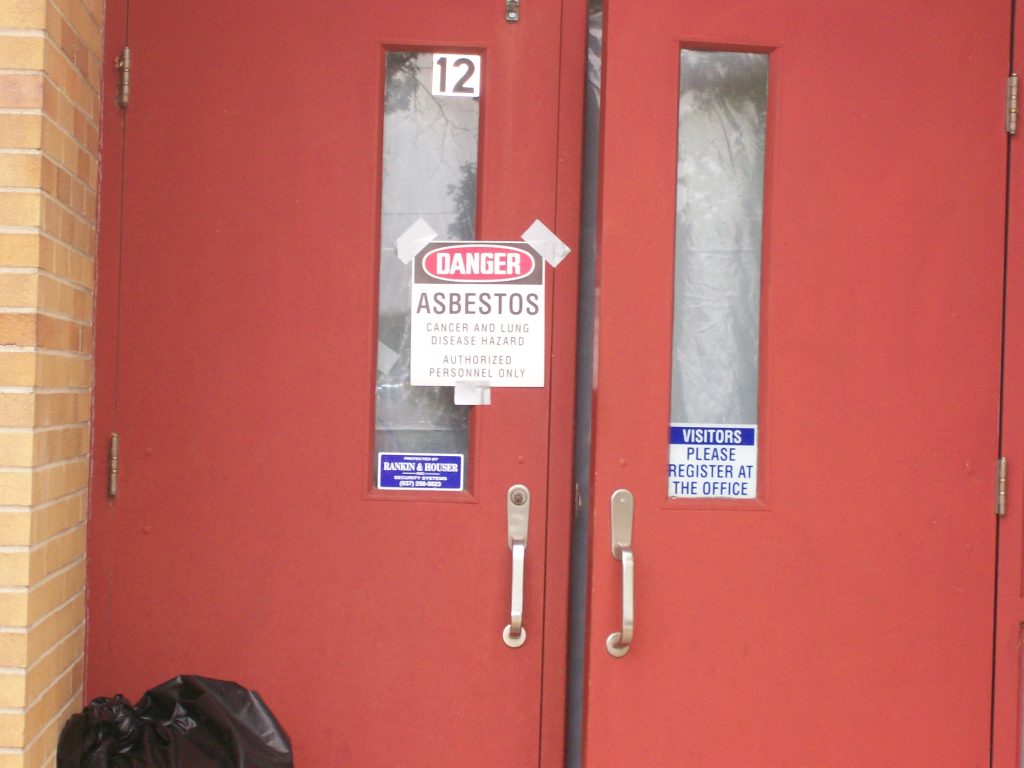 Unraveling the complexities of jurisdiction is essential when determining which court has the authority to hear a lawsuit. Whether a case is heard in state or federal court can have strategic implications, but the path to federal court is paved with complex legal requirements. In this article, we delve into the intricacies of jurisdiction and explore the factors determining whether your lawsuit can be heard in federal court.
Unraveling the complexities of jurisdiction is essential when determining which court has the authority to hear a lawsuit. Whether a case is heard in state or federal court can have strategic implications, but the path to federal court is paved with complex legal requirements. In this article, we delve into the intricacies of jurisdiction and explore the factors determining whether your lawsuit can be heard in federal court.
The four Legendre brothers filed a lawsuit against Huntington Ingalls, Inc. (formerly known as Avondale) in Louisiana state court. The Legendres claimed Avondale exposed their sister to asbestos, resulting in her death from mesothelioma.
The Legendres’ father had worked at Avondale’s shipyard building tugs for the United States government. He used asbestos for insulation in the tugs’ engine rooms. The Legendres claimed asbestos had stuck to their father’s body and clothing, which exposed their sister to asbestos when he returned home from work.
Avondale removed the lawsuit from Louisiana state court to federal court under 28 U.S.C. § 1442, the federal officer removal statute. The federal officer removal statute allows a lawsuit against an officer of the United States related to any act under color of their office to be removed to federal court. One of the requirements for removal to federal court is there must be a causal nexus between the federal officer’s actions and the claims in the lawsuit.
The federal district court sent the case back to state court because there was a causal nexus between the actions and the plaintiff’s claims. An appeal of the ruling occurred, challenging this finding.
The appellate court reviewed the district court’s order sending the case back to state court from federal court de novo, which means it did not have to defer to the district court’s decision. The appellate court explained the federal officer removal statute does not support removal of a claim to federal court where the defendants were government contractors who could have adopted safety measures plaintiffs claim would have prevented the injuries because the government did not limit implementation of such safety precautions. See Bartel v. Alcoa S.S. Co. In Bartel, the court found there was no nexus between plaintiffs’ claims in the lawsuit that their employers acted negligently around the use of asbestos and their actions under color of federal office because there was no evidence the government issued orders related to safety measures involving asbestos.
Similarly, the Legendres presented evidence that although the government required the use of asbestos in building the tugs, it did not take any action to restrict Avondale’s safety practices. Additionally, Avondale did not present any evidence the government did to try to limit what safety measures it could have implemented. Therefore, the appellate court affirmed the district court’s order removing the case from federal court to state court because Avondale did not show the required causal nexus between its actions under color of their office and the claims the Legendres raised in their lawsuit, as required for federal jurisdiction under the federal officer removal statute.
Understanding jurisdiction is crucial when pursuing legal action, as it can significantly impact the outcome of your case. While the Legendre brothers’ lawsuit against Huntington Ingalls, Inc. serves as an example of the complexities surrounding federal court jurisdiction, it also highlights the importance of demonstrating a causal nexus between the actions of federal officers and the claims in a lawsuit. Seeking guidance from a knowledgeable attorney can provide invaluable insight into navigating jurisdictional considerations and maximizing your chances of a favorable outcome in your legal proceedings.
Additional Sources: Legendre v. Huntington Ingalls, Inc (formerly known as Avondale).
Article Written By Berniard Law Firm
Additional Berniard Law Firm Article on Jurisdiction in Asbestos Case: Asbestos Lawsuit Demonstrates How to Remove a Case to Federal Court What is the “Substantial Factor Test” in Louisiana Asbestos and Mesothelioma Litigation?
 Louisiana Personal Injury Lawyer Blog
Louisiana Personal Injury Lawyer Blog

